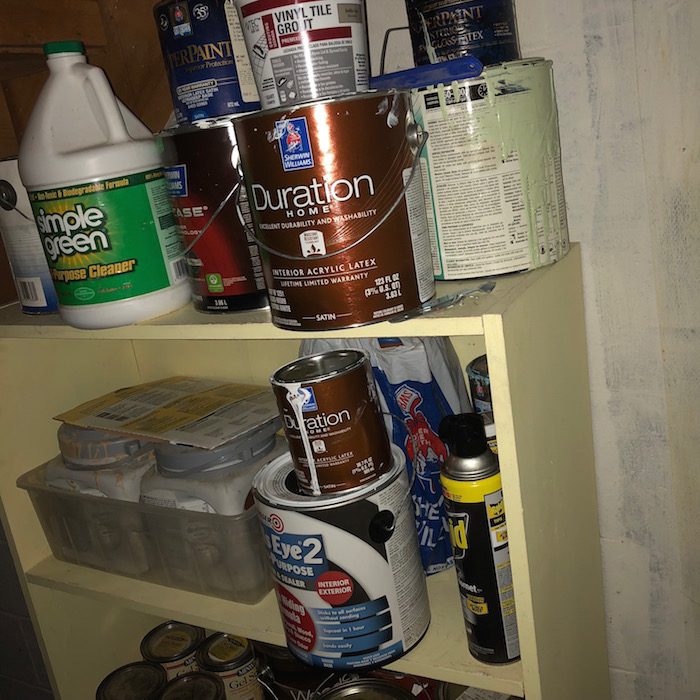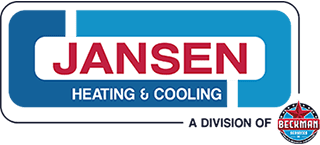Identify and Reduce Allergens and Pollutants in Your Home

In a study in the late 1980s, the federal EPA found that in a typical American home, where family members spend the vast majority of their time, the concentrations of some pollutants can be two to five times higher than the air on the other side of the exterior walls. This is partly the fault of an increase in allergy triggers and other pollutants in homes (such as VOCs – volatile organic compounds), but also the fact that modern home construction does a much better job of trapping those allergens indoors than in older homes, and homes are more likely to be built and furnished with synthetic materials.
In the time since that 1987 EPA report, the factors it cited have only become more pronounced. So what are the main allergy triggers and other pollutants in modern homes?
Common Household Allergy Triggers and Pollutants
• Dust Mites: In many homes, these tiny insects are the most common trigger for allergies and asthma. Yes, they gobble up the flakes of skin that fall off your body, and thrive in the same climate conditions preferred by humans – above 70 degrees and around 40 percent humidity. They prefer bedding and cloth-covered furniture, though they often go farther afield. Make sure you purchase allergy-proof casings for box springs, pillows and mattresses, and wash blankets and sheets in 130-degree water.
• Pets: Unfortunately, your cats and dogs, specifically the dander they shed, are among the main indoor allergy triggers. As much as possible, minimize contact with pets you’re allergic to, keep them out of rooms frequented by family members who suffer from allergies, and keep them off of furniture or bedding. Regularly brush and clean pets outside, and if none of this works, consider keeping them outside or giving them away (not the family members!).
• Mold: Mold spores floating in the air can be a particularly insidious indoor allergy trigger. They can lead to other adverse health effects, too. Mold thrives in damp, dark areas, such as basements. Clean and dry damp areas in your home, and remove mold with a solution of detergent, water and 5 percent bleach. Regularly give your house a close inspection to identify where mold may be obtaining a foothold.
• Pollen: This common allergy trigger isn’t just an outside threat. People and pets can easily transport pollen into the house on their bodies, shoes and clothes. As stated before, wipe down your pets before letting them inside, remove jackets and shoes at the door, and during pollen season, don’t leave windows and doors open.
And Don’t Forget VOCs…
Volatile Organic Compounds: While not considered allergy triggers as much as the preceding materials, VOCs that off-gas into indoor air can threaten the health of vulnerable home occupants. These can come from a variety of objects in your home, including cleaning supplies, paints, insecticides/pesticides, building materials and furniture.
To protect allergy sufferers and other vulnerable home occupants, it’s important to minimize the aforementioned triggers and pollutants in your home but also to ensure the home has adequate ventilation, where stale indoor air is frequently exchanged with fresh outdoor air. Make sure the filter in your forced-air cooling and heating system is replaced regularly, and consider installing a whole-house air cleaning system.
